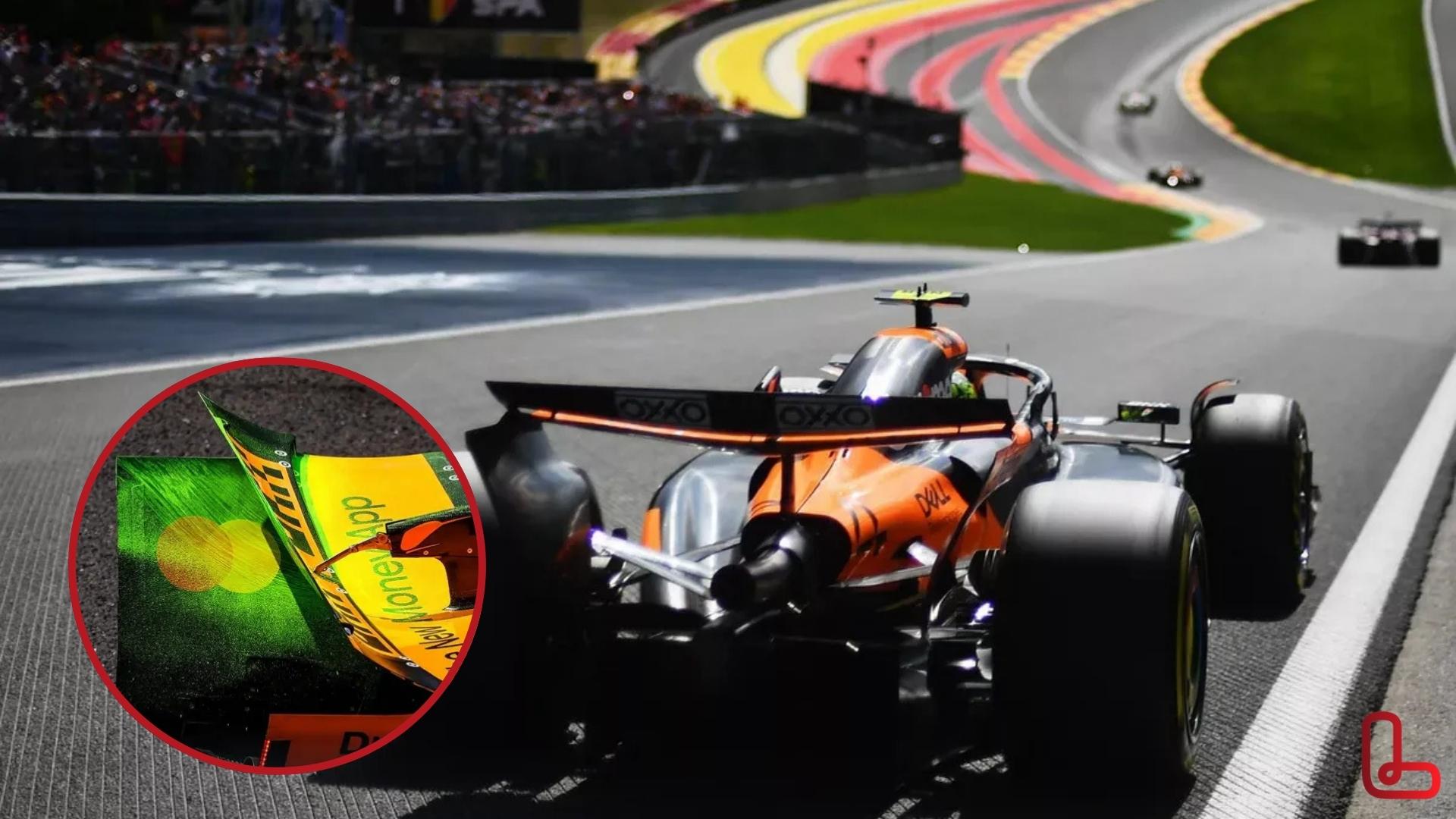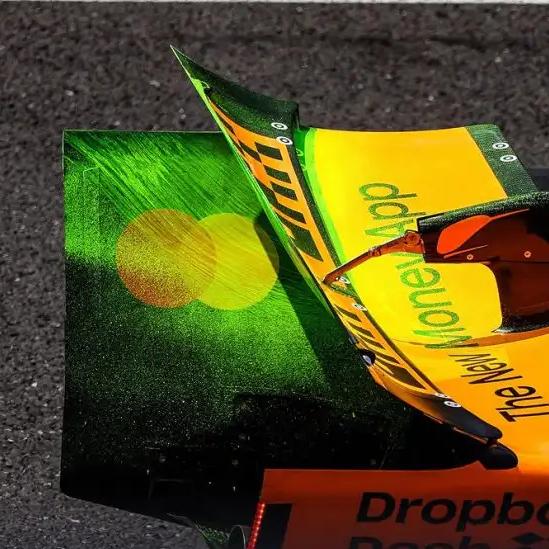-
Fil d’actualités
- EXPLORER
-
Pages
-
Evènements
-
Reels
-
Blogs
-
Marketplace
-
Offres
-
Forums
McLaren’s Smart Aero Upgrades: The Secret Behind Their Spa Surge

McLaren has quietly introduced a series of aerodynamic updates that played a decisive role at the Belgian Grand Prix, blending subtle design adjustments with impressive on-track gains. Let’s break down how these changes provided a competitive edge and what it means for the team moving forward.
Revamped Rear Wing: Small Change, Big Impact

At Spa-Francorchamps, a circuit infamous for its demand on both downforce and low drag, McLaren rolled out a modified rear wing. While the core assembly—mainplane and upper flap—remained unchanged from earlier races in Saudi Arabia, Miami, and Silverstone, engineers focused on refining the tip section. Notable changes included:
- Less curvature on the leading edge
- A more prominent slot gap separator bracket atop the rolled endplate section
These alterations were designed to modify the main vortex structure generated at the wing tip, boosting the overall efficiency and balance of the car, especially critical in Spa’s variable weather conditions.
Floor Development: Subtle but Effective Tweaks
McLaren’s innovation didn’t stop at the rear wing. The team also tested a revised floor at Silverstone, collecting valuable data before deciding to debut the update in Belgium. Key changes included:
- Longer swept section at the front of the edge wing
- Increase in the number of fully exposed vanes from two to four
- Redesigned floor edge and tail section for better airflow and support
- Doubling metal support brackets in the tunnel area from two to four for added stiffness
These adjustments focused on enhancing flow stability, increasing structural rigidity, and optimizing airflow to maximize ground effect.
Responding to F1’s Technical Challenges
The pursuit of marginal gains is relentless in Formula 1, especially with evolving FIA regulations. Following new front wing load and deflection tests introduced at the Spanish Grand Prix, all teams—McLaren included—have been re-optimizing surfaces downstream of the wing. This ensures aerodynamic coherence and recovers any lost performance. The process is iterative, highlighting the importance of data-driven design and real-time feedback from drivers.
Visual Innovations: The ‘Mermaid Tails’
One of the more eye-catching details on McLaren’s MCL39 is the unique ‘mermaid tails’—winglets mounted at the tips of the front wing flaps. These elegantly cascade to improve airflow and contribute to the car’s aerodynamic efficiency, reinforcing McLaren’s reputation for creative solutions.

- Race Weekends
- Teams & Drivers
- Tech & Innovation
- F1 History
- News & Updates
- Fan Opinions & Debates
- Race Locations & Travel
- Merchandise & Memorabilia
- Young Drivers & Future Stars
- Off-Track Stories
- F1 Marketplace
- Esports & F1 Sim Racing
- Behind the Pit Wall
- Rules & Regulations
- Fan Art & Creativity

